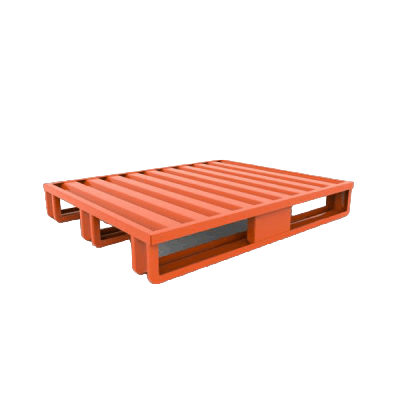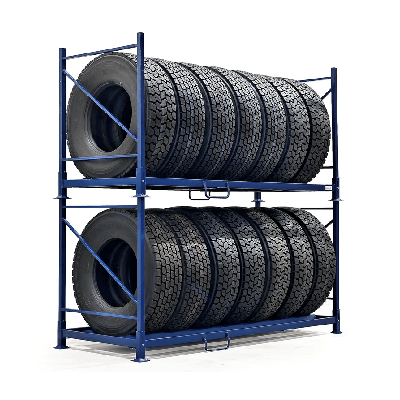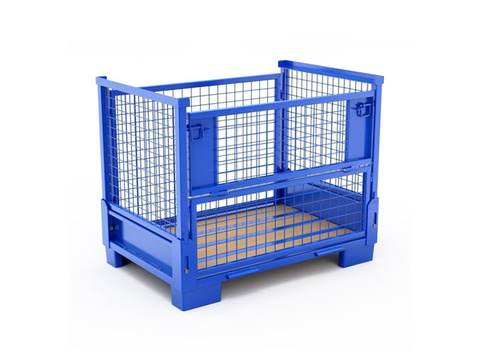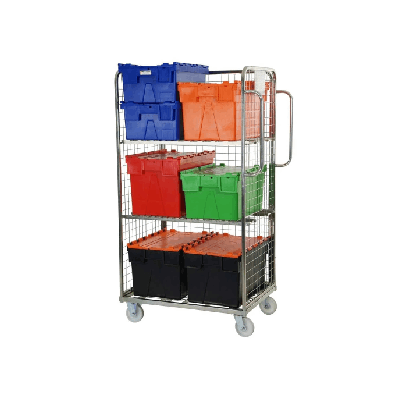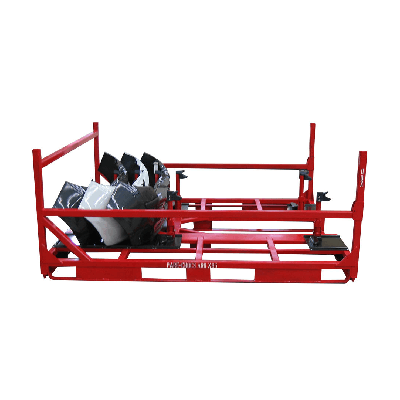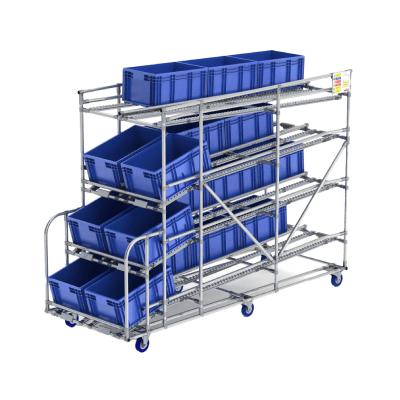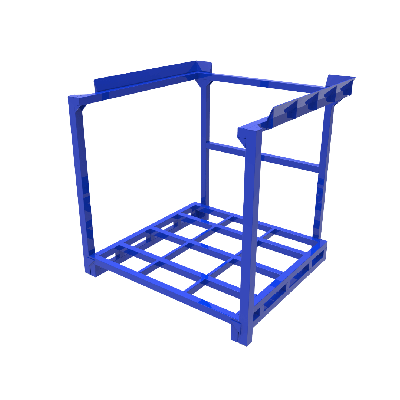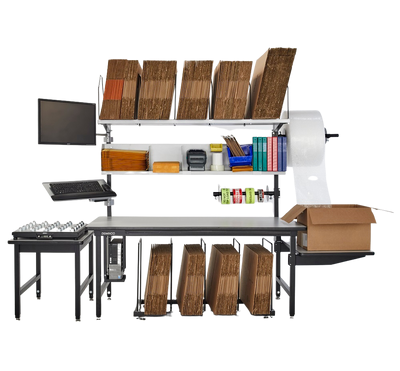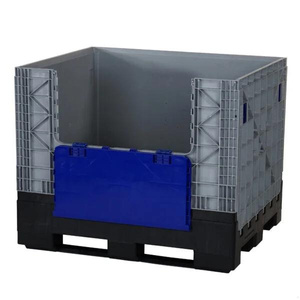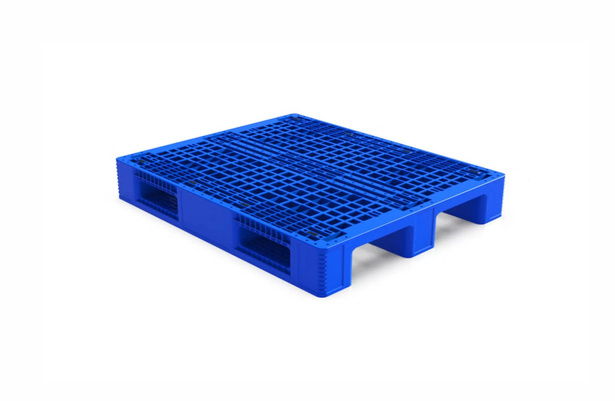In today’s competitive marketplace, supply chain efficiency is critical for businesses aiming to reduce costs, improve customer satisfaction, and maintain a strong market presence. While advanced technologies and software platforms play a significant role in streamlining operations, sometimes the most overlooked yet impactful tools are much simpler—like pallets. Warehouse pallet have long been the backbone of logistics and distribution, yet their importance in enhancing supply chain efficiency cannot be overstated.
This article explores the various ways warehouse pallet improve supply chain operations, from transportation and storage to sustainability and safety, while also highlighting their strategic value in modern logistics.
Table of Contents
ToggleThe Role of Pallets in Modern Supply Chains
Pallets are flat structures designed to support goods during storage and transportation. They allow for efficient handling using equipment such as forklifts, pallet jacks, and automated retrieval systems. Today, nearly every sector—retail, manufacturing, agriculture, pharmaceuticals, and e-commerce—relies on pallets for moving products through the supply chain.
Their role extends beyond simply holding items. Pallets improve speed, safety, and consistency, ensuring that products can be stored compactly, transported quickly, and delivered with minimal damage. Without pallets, the logistics industry would face higher labor costs, increased handling time, and greater risks of inventory loss.

Enhancing Storage Efficiency
One of the most significant contributions of pallets to supply chain efficiency lies in storage optimization. Warehouses often operate with limited space, and the ability to maximize every square foot is essential.
- Vertical Storage: Pallets enable goods to be stacked vertically, making full use of warehouse height. This reduces floor congestion and increases storage density.
- Standardization: Pallets provide uniformity in size and shape, allowing warehouses to plan racking systems, shelving, and automated storage systems with greater precision.
- Reduced Handling Time: Since pallets can hold multiple units at once, workers and machines can move bulk quantities with ease, minimizing the time required for storage and retrieval.
In short, pallets transform warehouses from simple storage facilities into highly organized, space-efficient operations.
Streamlining Transportation
Transportation is often the most costly component of a supply chain. Pallets significantly reduce those costs by improving loading and unloading processes and optimizing cargo space.
- Faster Loading and Unloading: Forklifts and pallet jacks can move palletized goods quickly, reducing dwell time for trucks and minimizing labor costs.
- Optimized Container Utilization: Pallets are designed to fit efficiently into trucks, shipping containers, and railcars, maximizing space utilization and lowering per-unit transport costs.
- Reduced Damage: By stabilizing products on a secure base, pallets minimize movement during transit, reducing the risk of damaged goods.
This streamlining of transportation ensures that goods reach customers faster, contributing to overall supply chain efficiency and customer satisfaction.
Improving Inventory Management
Accurate inventory management is central to supply chain performance. Warehouse pallet support this by enabling better tracking and organization.
- Barcoding and RFID Integration: Pallets can be tagged with barcodes or RFID tags, making it easier to scan, track, and manage products in real-time.
- Batch Handling: Instead of tracking individual items, businesses can monitor entire pallets, reducing administrative effort and improving data accuracy.
- Faster Cycle Counts: Pallets simplify periodic inventory checks by consolidating products into larger, manageable units.
By supporting modern warehouse management systems (WMS), pallets become critical assets in maintaining inventory accuracy and reducing costly errors.
Enhancing Worker Safety
Safety is a major concern in any supply chain environment. Pallets contribute to a safer workplace in several ways:
- Reduced Manual Lifting: Pallets enable the mechanical movement of heavy goods, thereby reducing the risk of injuries associated with manual handling.
- Stable Stacking: Properly designed pallets provide a stable base for stacked products, reducing the likelihood of toppling loads.
- Clear Pathways: Palletized storage reduces clutter on warehouse floors, keeping aisles clear and improving overall safety.
By minimizing risks to workers, pallets reduce downtime caused by accidents and help companies maintain compliance with workplace safety standards.
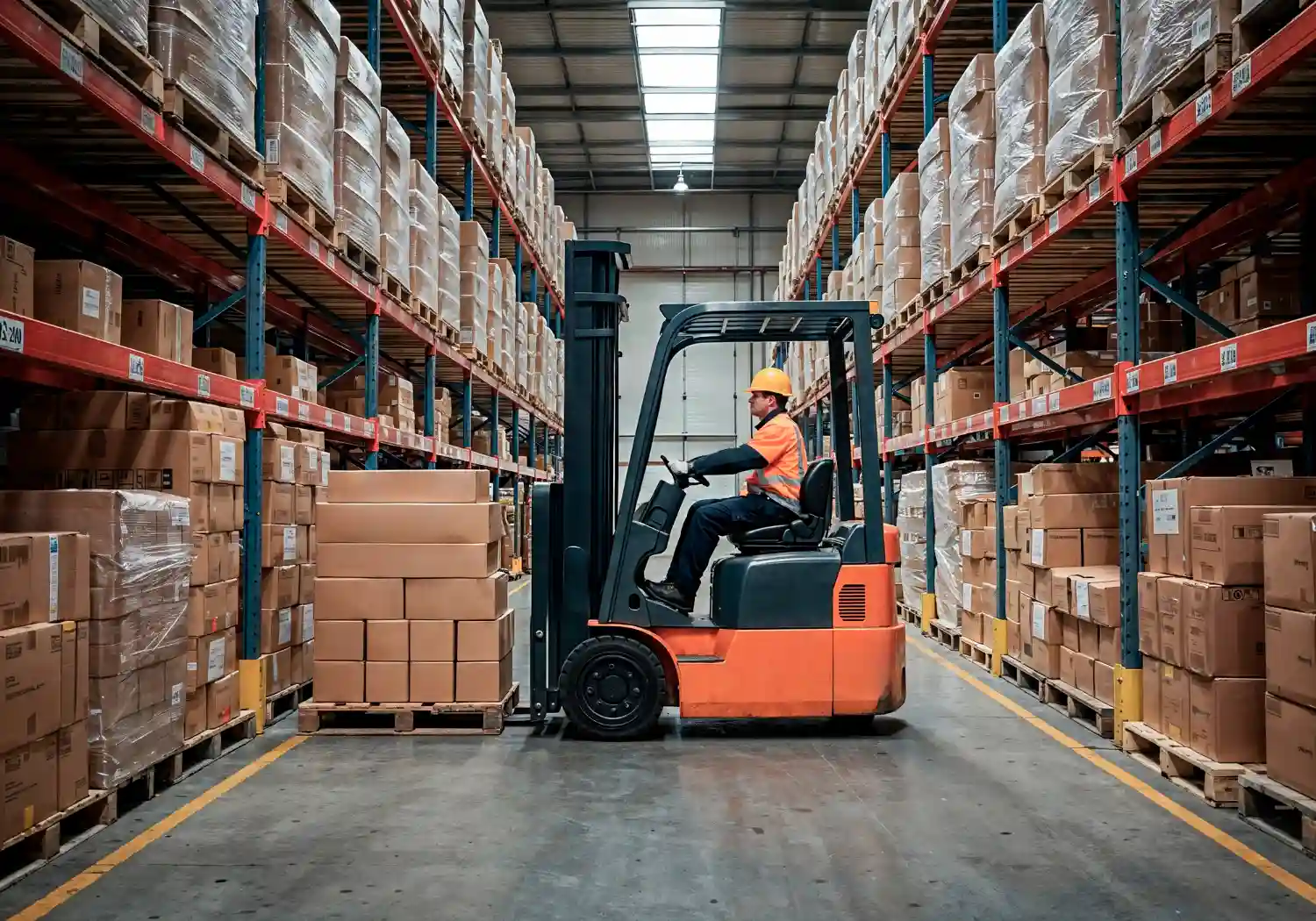
Supporting Automation in Warehouses
As supply chains increasingly adopt automation technologies such as robotic picking systems and automated guided vehicles (AGVs), pallets play a crucial role in enabling this transition.
- Compatibility with Robotics: Standardized pallets are designed to work seamlessly with automated equipment, ensuring consistent and predictable handling.
- Facilitating Conveyor Systems: Palletized loads can easily move along conveyor systems, speeding up internal logistics.
- Improved Efficiency in High-Tech Warehouses: By providing a uniform base, pallets reduce the complexity of programming and operating automated systems.
Automation is only as effective as the infrastructure supporting it, and pallets are a key enabler of this technological shift.
Sustainability Benefits
Sustainability has become a driving force in supply chain management. Pallets contribute positively to environmental goals in several ways:
- Reusable Materials: Many pallets are designed for multiple uses, reducing waste and minimizing demand for new resources.
- Recyclability: Wooden, plastic, and metal pallets can often be recycled at the end of their life cycle.
- Lower Carbon Footprint: Efficient transportation enabled by pallets reduces fuel consumption and emissions.
Companies that adopt eco-friendly pallet solutions not only reduce costs but also enhance their reputation among environmentally conscious consumers.
Cost Savings Through Palletization
Every business looks for ways to reduce costs without compromising service quality. Pallets provide multiple avenues for cost savings:
- Lower Labor Costs: Reduced handling times mean fewer labor hours are needed to move goods.
- Minimized Damage: Products are less likely to be damaged during storage or transit, reducing replacement costs.
- Optimized Transport: Efficient use of truck and container space translates into fewer shipments and lower freight expenses.
The cost savings achieved through palletization often exceed the investment, making pallets an indispensable component of cost-efficient supply chains.
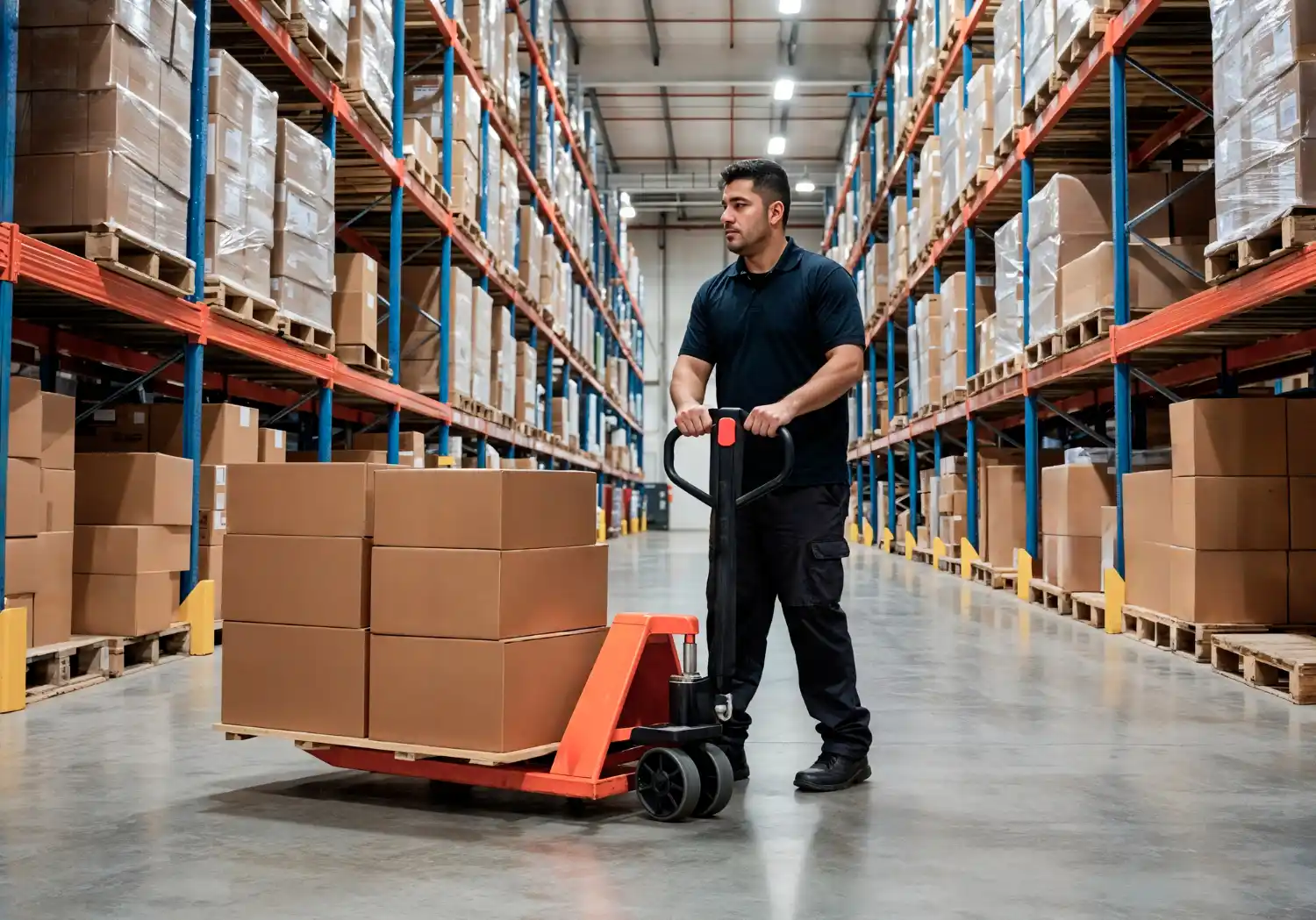
The Global Standardization of Pallets
Another way pallets drive efficiency is through their global standardization. Standard pallet sizes, such as the 48×40-inch pallet used in North America or the Euro pallet in Europe, ensure compatibility across different industries and geographies.
- International Shipping: Standard pallets reduce complexity in cross-border logistics, ensuring that goods can move seamlessly from one region to another.
- Interchangeability: Pallets can be reused across different companies, reducing the need for proprietary solutions and lowering costs.
- Supply Chain Collaboration: Standardized pallets foster greater collaboration between manufacturers, distributors, and retailers.
Global standardization eliminates inefficiencies caused by mismatched equipment and processes, further enhancing supply chain effectiveness.
Challenges and Future of Palletization
Despite their many benefits, pallets face certain challenges:
- Durability Issues: Wooden pallets, while cost-effective, may suffer from wear and tear over time.
- Cost of Advanced Materials: Plastic and metal pallets offer durability but can be expensive.
- Sustainability Concerns: Although reusable, pallets still require responsible management to avoid waste.
Looking ahead, the future of palletization may involve innovations such as smart pallets embedded with IoT sensors, real-time tracking, and enhanced designs for sustainability. These advancements will make pallets even more integral to supply chain efficiency in the coming years.
Conclusion
Supply chain efficiency depends on a variety of factors, from technology and process optimization to effective resource management. Among these, pallets stand out as simple yet highly impactful tools that drive improvements in storage, transportation, inventory management, safety, and sustainability. By enabling automation, supporting global standardization, and lowering costs, warehouse pallet remain a cornerstone of modern logistics.
Businesses that invest in reliable pallet solutions, such as those offered by Kole Pallet, can achieve significant competitive advantages, ensuring that their supply chains are not only efficient but also future-ready.
Frequently Asked Questions:-
1. Why are pallets important in supply chain management?
- Pallets are essential because they simplify storage, handling, and transportation. They improve efficiency by allowing bulk movement of goods, reducing damage during transit, and enabling faster loading and unloading.
2. How do pallets help reduce supply chain costs?
- Pallets minimize labor expenses, optimize storage and transport space, and lower product damage risks. These factors collectively lead to significant cost savings throughout the supply chain.
3. What pallet kinds are often utilised in warehouses?
- The most common types are wood, plastic, and metal pallets. Each type offers different benefits—wooden pallets are cost-effective, plastic pallets are durable and hygienic, while metal pallets provide strength for heavy-duty use.
4. Can pallets improve warehouse safety?
- Yes, pallets improve safety by reducing manual lifting, keeping products stable during stacking, and keeping aisles organized. This lowers the risk of accidents and injuries in the workplace.
5. How do pallets support warehouse automation?
- Standardized pallets are compatible with forklifts, conveyor systems, robotic pickers, and automated guided vehicles (AGVs). This makes them essential for businesses adopting advanced warehouse automation technologies.

